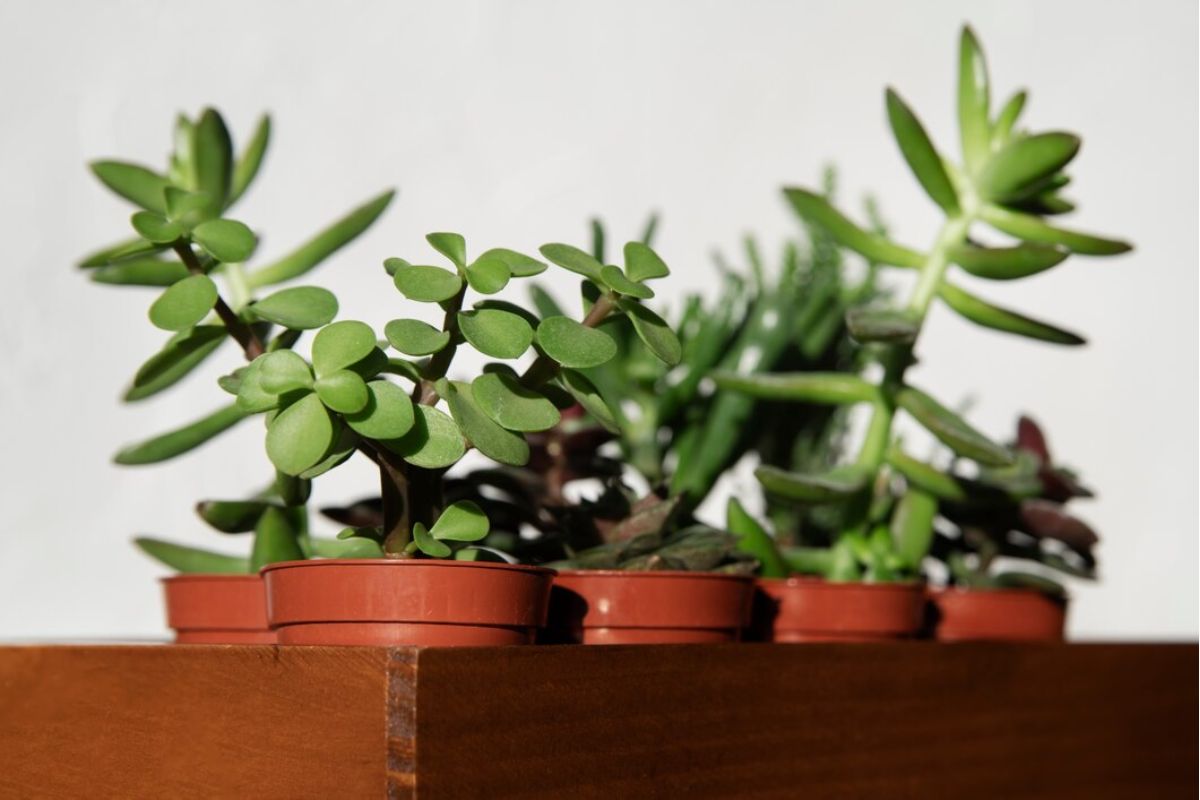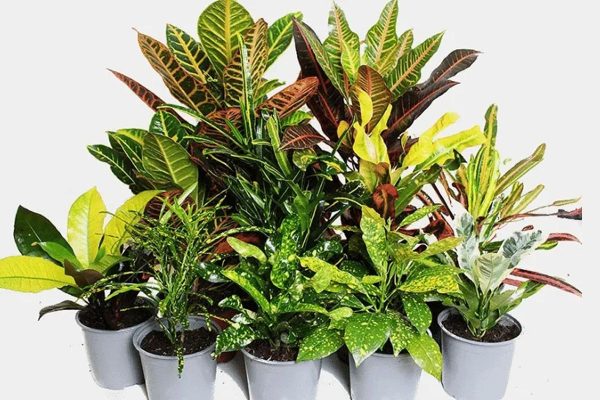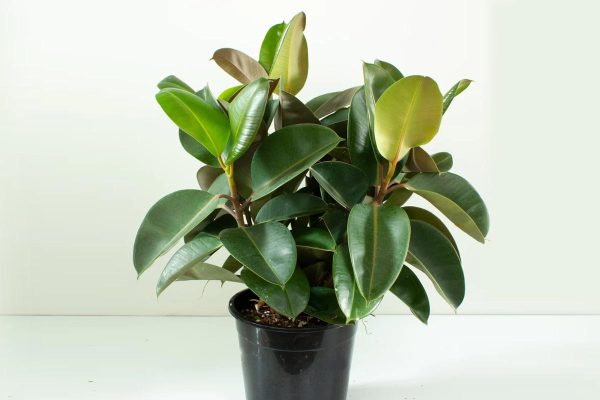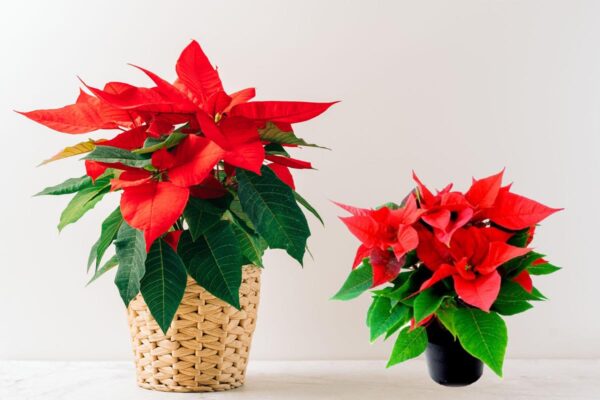Plants
Jade
Introduction / परिचय
Jade plants (Crassula ovata), often referred to as the "lucky plant" or "money tree," are popular and resilient succulents cherished for their striking appearance and symbolic significance. Native to South Africa, these hardy, low-maintenance plants have gained worldwide admiration for their thick, fleshy leaves and easygoing nature. With their vibrant green leaves and a unique, tree-like appearance, jade plants make for attractive indoor or outdoor additions. Their reputation for symbolizing prosperity, wealth, and positive energy has made them a favourite choice for those seeking both natural beauty and a touch of good fortune in their homes and gardens.
Also Read This :How to Grow Sunflower from Seeds At Home
| English Name: | Jade |
| Hindi Name: | जेड (Jade) |
| Scientific Name: | Crassula ovata |
| Family: | Crassulaceae |
| Kingdom: | Plantae |
| Light : | 4 to 6 hours of bright, indirect sunlight |
| Height: | 3 to 6 feet |
| Flower Color : | white or pale pink |
| Leaves Color : | Green, light green, white, yellow, and sometimes pink multi-colored |
| Eason Features : |
Also Read This :Greening Your Home: The Benefits of Indoor Plants
When to Plant Jade
The jade plant (Crassula ovata), known for its striking and resilient nature, is typically planted during the spring or early summer, which is the ideal time for its growth. To grow them successfully, choose a well-draining pot and use a cactus or succulent soil mix. Place your jade plant in a location with bright, indirect sunlight. Water sparingly, allowing the soil to dry out between waterings, as overwatering can harm the plant. Jade plants thrive at temperatures between 65-75°F (18-24°C). Prune occasionally to maintain their shape and report as needed when the plant outgrows its container. With proper care, jade plants can flourish, and they're often passed down through generations as symbols of good luck and prosperity.
Also Read This :Easy way to grow Strawberry at Home
Varieties / किस्मे
Jade plants, also known as Crassula ovata, are popular succulents known for their attractive, thick, fleshy leaves and ease of care. While there are several varieties of jade plants, they primarily differ in leaf shape, size, and colouration. Some common jade plant varieties include:
Crassula ovata 'Gollum'
This variety is known for its tubular, trumpet-shaped leaves that have a reddish tint on the tips.
Crassula ovata 'Hobbit'
Similar to 'Gollum,' this cultivar has curled, tubular leaves with red tips, resembling the appearance of hobbit fingers.
Crassula ovata 'Tricolor'
The leaves of this variety feature a mix of green, pink, and cream colours, creating a striking and variegated appearance.
Crassula ovata 'Variegata'
This jade plant has leaves with creamy-white variegation on the edges, adding an elegant touch to its appearance.
Crassula ovata 'Lemon and Lime'
With leaves that display a combination of yellow and green hues, this variety adds a refreshing citrus-like colouration to your collection.
Crassula ovata 'Sunset'
This cultivar features leaves with a reddish-orange tint, particularly in direct sunlight, creating a stunning sunset-like effect.
Crassula ovata 'Blue Bird'
The leaves of 'Blue Bird' have a blueish tint, giving it a distinctive and somewhat unusual appearance.
Crassula ovata 'Silver Dollar'
This variety is known for its rounded, coin-shaped leaves, resembling silver dollars.
Crassula ovata 'Crosby's Compact'
A compact version of the standard jade plant, 'Crosby's Compact' is ideal for smaller spaces.
Crassula ovata 'Giant Hobbit'
As the name suggests, this cultivar is an oversized version of the 'Hobbit' variety, with larger and more robust leaves.
Crassula ovata 'Red Horn Tree'
This variety has elongated, horn-like leaves that can develop a red tint when exposed to sufficient sunlight.
These are just a few of the many jade plant varieties available, each with its unique characteristics, making them a popular choice for succulent enthusiasts and indoor gardeners.
Also Read This :12 Delicious and Nutritious Herbal Teas to Boost Your Health
Classification of Plants/ पौधों का वर्गीकरण
Jade plants, scientifically known as Crassula ovata, are succulent plants belonging to the Crassulaceae family. They are commonly categorized based on their growth habits, leaf shape, and colour variations. The primary classifications of jade plants include:
Standard Green Jade Plant
This is the most common type with oval, glossy green leaves.
Variegated Jade Plant
Featuring leaves with white or yellow edges, variegated jades are prized for their striking foliage.
Miniature or Dwarf Jade
These are compact and smaller in size compared to the standard jade, making them popular choices for bonsai and small containers.
Tricolor Jade
These have leaves with a blend of green, pink, and white.
Hobbit or Gollum Jade
Known for their tubular or finger-like leaves, resembling the character Gollum from "The Lord of the Rings."
Silver Dollar Jade
Distinguished by round, silver-dollar-shaped leaves.
Lemon and Lime Jade
Notable for their yellow and green leaves.
These classifications represent the diversity within the Crassula ovata species, offering various options for jade plant enthusiasts and collectors.
Also Read This :10 Summer Solutions: How to Safeguard Your Balcony Garden from Heat Stress and More
History / इतिहास
Jade plants, scientifically known as Crassula ovata, have a rich history dating back centuries. Originating in South Africa, they were initially cultivated by the indigenous Khoikhoi people, who regarded them as symbols of good luck and prosperity. These hardy succulents gradually spread worldwide, favoured for their ease of care and resilience. In the 18th century, they became popular ornamental houseplants in Europe and the United States. Today, jade plants are not only cherished for their attractive, fleshy leaves and tree-like appearance. Still, they are also associated with positive energy, making them a common choice in homes and offices for their symbolic significance.
Also Read This :Discover the Secrets to Growing Beautiful Cardamom Plants!
Uses and Benefits / उपयोग एवं फायदे
Jade plants, known for their distinctive succulent leaves and tree-like appearance, serve as popular houseplants with numerous uses and benefits. Their resilience makes them low-maintenance and ideal for indoor spaces. Jade plants are believed to bring prosperity and good luck, which has earned them the nickname "Money Plant." These succulents are efficient air purifiers, enhancing indoor air quality. Additionally, they store water in their fleshy leaves, requiring infrequent watering. Propagating jade plants is simple, making them an excellent choice for novice gardeners. Their soothing greenery and symbolic significance have also made them popular gifts for various occasions.
Also Read This :Rubber Plants: A Beginner’s Guide to Growing and Maintaining Them
How to Grow Plant / कैसे उगाएं
The jade plant (Crassula ovata), known for its striking and resilient nature, is typically planted during the spring or early summer, which is the ideal time for its growth. Here are some tips for planting and caring for your jade plant:
Select a Suitable Container
If you plan to grow your jade plant in a container, choose a pot with good drainage to prevent overwatering. The container should be slightly larger than the plant's root ball.
Well-Draining Soil
Use a well-draining succulent or cactus mix for your jade plant. This type of soil helps prevent waterlogged roots, a common issue with succulents.
Planting Depth
When planting your jade plant, ensure that it is at the same depth as it was in its previous container or slightly higher. Firm the soil gently around the plant.
Sunlight
Jade plants thrive in bright, indirect sunlight. They can tolerate some direct sunlight but should be protected from intense, scorching rays.
Watering
Allow the soil to dry out between watering. Overwatering can lead to root rot, which is detrimental to jade plants. Water sparingly, and ensure that excess water drains from the pot.
Temperature
Jade plants prefer room temperatures between 65-75°F (18-24°C) during the day and slightly cooler temperatures at night.
Fertilization
During the growing season (spring and summer), feed your jade plant with a balanced, diluted liquid fertilizer every 4-6 weeks.
Pruning
Prune your jade plant to control its size and shape. Pinching off the growing tips will encourage bushier growth.
Repotting
As the jade plant grows, it may outgrow its pot. Repot it into a slightly larger container when this occurs, typically every 2-3 years.
Pests and Diseases
Keep an eye out for common succulent pests like mealybugs and scale. Treat any infestations promptly.
By following these guidelines and planting your jade plant in the spring or early summer, you can provide it with the best conditions for healthy growth and a long-lasting, vibrant presence in your home or garden.
Also Read This :2 Method to Grow Ginger (Adrak) at Home
How to Take Care/ देखभाल कैसे करे
Jade plants (Crassula ovata) are hardy succulents that thrive with minimal care. To ensure their well-being, place them in well-draining soil and a bright location with indirect sunlight. Water deeply when the top inch of soil is dry, but allow the soil to dry between waterings. In winter, reduce watering frequency. Jade plants prefer slightly cooler temperatures at night. Prune to maintain their shape and remove dead leaves. Fertilize sparingly, typically in the growing season (spring and summer). Protect them from drafts and frost. Repot when they outgrow their container, usually every 2-3 years. This minimal care routine will keep your jade plant healthy and thriving.
Also Read This :3 Method to Grow Mint (Pudina) at Home
Interesting Facts / रोचक तथ्य
Jade plants (Crassula ovate) are fascinating succulents with several intriguing facts:
Longevity
These hardy plants are known for their longevity and can live for decades, with some specimens even surviving for over a century.
Symbol of Prosperity
Jade plants are considered symbols of good luck and prosperity, especially in Feng Shui practices.
Water Storage
Their thick, fleshy leaves serve as water reservoirs, enabling them to withstand periods of drought.
Stress-Responsive
Jade plants can change leaf colour when exposed to stress factors, such as cold or sunlight, often taking on a reddish or purplish hue.
Propagating with Leaves
New plants can be grown by planting single leaves, making jade plants easy to propagate.
Air Purification
They are known for their air-purifying properties, helping to remove indoor toxins.
Origin
Jade plants are native to South Africa and are also known as the "money plant" or "money tree."
Also Read This :How To Grow Gazania Flower at Home
Also Read This :Best Place at Home to Put a Jade Plant, as per Vastu




